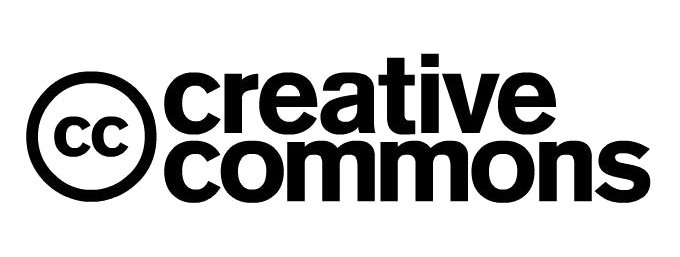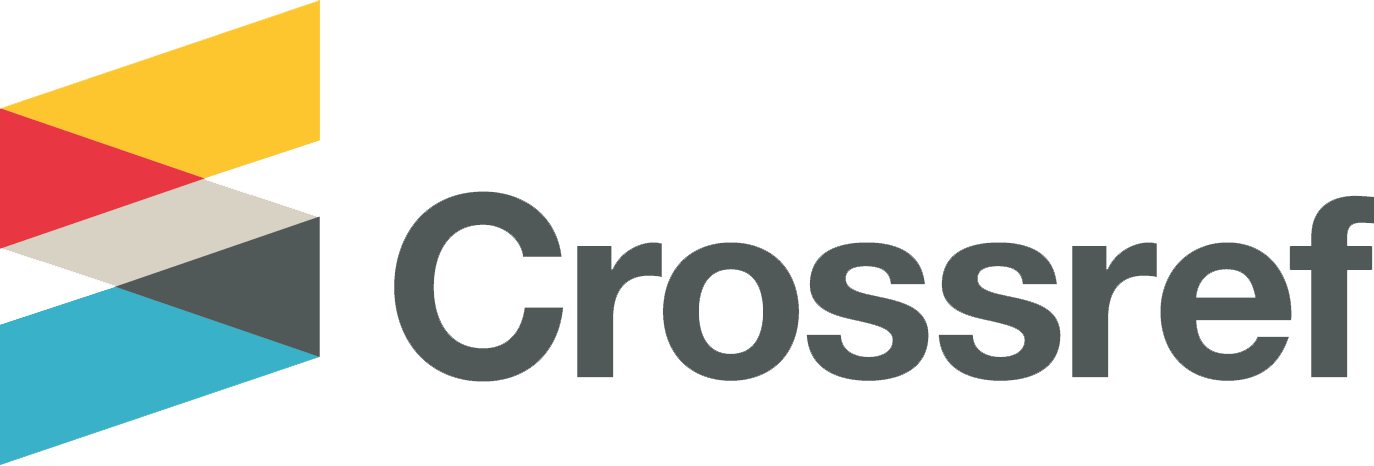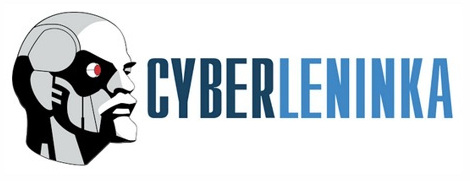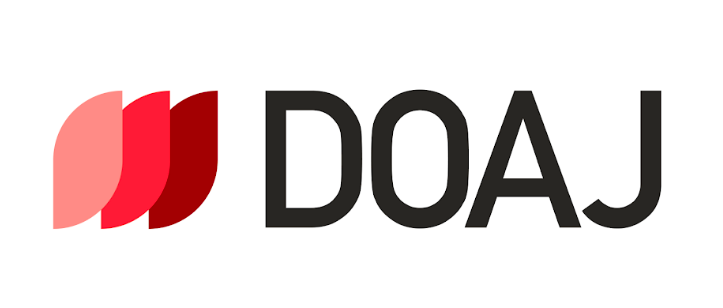Microstructure features of spherulitic lead zirconate titanate thin films
DOI:
https://doi.org/10.33910/2687-153X-2025-6-3-127-133Keywords:
spherulites, thin PZT films, mechanical stresses, mechanisms of crystal lattice tiltingAbstract
This study examines differences in the microstructure of spherulitic PZT films, in which low-angle
non-crystalline and crystalline branching is realized during the perovskite phase crystallization, using
scanning electron microscopy. It is assumed that the circular-step and radial boundaries observed in the films
are formed due to the disclination mechanism, while their absence is the result of the sequential formation
of single edge dislocations.
References
Alkoy, E. M, Alkoy, S., Shiosaki, T. (2007) The effect of crystallographic orientation and solution aging on the electrical properties of sol-gel derived Pb(Zr0.45Ti0.55)O3 thin films. Ceramic International, 33 (8), 1455–1462. https://doi.org/10.1016/j.ceramint.2006.06.010 (In English)
Carim, A. H., Tuttle, B. A., Doughty, D. H., Mrtinz, S. L. (1991) Microstructure of solution-processed lead zirconate titanate (PZT) thin films. Journal of the American Ceramic Society, 74 (6), article 1455. https://doi.org/10.1111/j.1151-2916.1991.tb04130.x (In English)
Da, B., Cheng, L., Liu, X. et al. (2024) Exploring high-symmetry structures in non-Cartesian coordinates: Preparation and characteristics of cylindrically symmetric-rotating crystals. Science and Technology of Advanced Materials: Methods, 4 (1), article 2406743. https://doi.org/10.1080/27660400.2024.2406743 (In English)
Krupanidhi, S. B. (1992) Recent advances in the deposition of ferroelectric thin films. Integrated Ferroelectrics, 1 (2-4), 161–180. https://doi.org/10.1080/10584589208215709 (In English)
Kwok, C. K., Desu, S. B. (1994) Formation kinetics of PbZrxTi1-xO3 thin films. Journal of Materials Research, 9, 1728–1733. https://doi.org/10.1557/JMR.1994.1728 (In English)
Lutjes, N. R., Zhou, S., Antoja-Lleonart, J. et al. (2021) Spherulitic and rotational crystal growth of Quartz thin films. Scientific Reports, 11 (1), article 14888. https://doi.org/10.1038/s41598-021-94147-y (In English)
Musterman, E. J., Dierolf, V., Jain, H. (2022) Curved lattices of crystals formed in glass. International Journal of Applied Glass Science, 13 (3), 402–419. https://doi.org/10.1111/ijag.16574 (In English)
Preston, K. D., Haertling, G. H. (1992) Microstructural investigation of acetate — derived PLZT films. Integrated Ferroelectrics, 1, 89–98. https://doi.org/10.1080/10584589208215567 (In English)
Pronin, I. P. (2017) Formirovanie submikronnykh polikristallicheskikh sloev tsirkonata-titanata svintsa, ikh fazovoe sostoyanie i segnetoelektricheskie svojstva [Formation of submicron polycrystalline layers of lead zirconate titanate, their phase state and ferroelectric properties]. PhD dissertation (Physics). Saint Petersburg, Herzen State Pedagogical University of Russia, 261 p. (In Russian)(In English)
Pronin, I. P., Zaitseva, N. V., Kaptelov, E. Yu., Afanasiev, V. P. (1997) Opticheskij kontrol’ odnofaznosti tonkikh polikristallicheskikh segnetoelektricheskikh plenok so strukturoj perovskita [Optical control of phase state of polycrystalline ferroelectric thin films with perovskite structure]. Izvestia AN. Seria Fizicheskaya — Bulletin of the Russian Academy of Sciences: Physics, 61, 379–382 (In Russian)
Pronin, V. P., Ryzhov, I. V., Staritsyn, M. V. et al. (2024) An influence of mechanical stresses on the phase state of spherulitic thin films of lead zirconate titanate. Materials Physics and Mechanics, 52 (6), 17–26 http://dx.doi.org/10.18149/MPM.5262024_3 (In English)
Pronin, V. P., Senkevich, S. V., Kaptelov, E. Yu., Pronin, I. P. (2010) Features of the formation of a perovskite phase in thin polycrystalline Pb(Zr,Ti)O3 films. Journal of Surface Investigation. X-ray, Synchrotron and Neutron Techniques, 4, 703–708. https://doi.org/10.1134/S1027451010050010 (In English)
Savytskii, D., Jain, H., Tamura, N., Dierolf, V. (2016) Rotating lattice single crystal architecture on the surface of glass. Scientific Reports, 6, article 36449. https://doi.org/10.1038/srep36449 (In English)
Shtukenberg, A. G., Punin, Y. O., Gunn, E., Kahr, B. (2012) Spherulites. Chemical Reviews, 112 (3), 1805–1838. https://doi.org/10.1021/cr200297f (In English)
Spierings, G. A. C. M., Van Zon, J. B. A., Larsen, P. K., Klee, M. (1993) Influence of platinum-based electrodes on the microstructure of sol-gel and MOD prepared lead zirconate titanate films. Integrated Ferroelectrics, 3 (3), 283–292. https://doi.org/10.1080/10584589308216719 (In English)
Staritsyn, M. V., Pronin, V. P., Khinich, I. I. et al. (2023) Mikrostruktura sferolitovykh tonkikh plenok tsirkonatatitanata svintsa [Microstructure of spherulitic lead zirconate titanate thin films]. Fizika Tverdogo Tela — Physics of the Solid State, 65 (8), 1368–1374. https://doi.org/10.21883/FTT.2023.08.56155.140 (In Russian)
Staritsyn, M. V., Pronin, V. P., Khinich, I. I. et al. (2024) Effekt kanalirovaniya elektronov v kristallicheskoj reshetke luchistykh sferolitov [Effect of electron channeling in the crystal lattice of radiant spherulites]. Fiziko-khimicheskie aspekty izucheniya klasterov, nanostruktur i nanomaterialov–Physical and Chemical Aspects of the Study of Clusters, Nanostructures and Nanomaterials, 16, 289–300. https://doi.org/10.26456/pcascnn/2024.16.289 (In Russian)
Woo, E. M., Lugito, G. (2016) Cracks in polymer spherulites: Phenomenological mechanisms in correlation with ring bands. Polymers, 8 (9), article 329. https://doi.org/10.3390/polym8090329 (In English)
Downloads
Published
Issue
Section
License
Copyright (c) 2025 Vladimir P. Pronin, Artemii N. Krushelnitckii, Mikhail V. Staritsyn, Stanislav V. Senkevich, Evgeny Yu. Kaptelov, Igor P. Pronin, Vladislav A. Tomkovid

This work is licensed under a Creative Commons Attribution 4.0 International License.
The work is provided under the terms of the Public Offer and of Creative Commons public license Creative Commons Attribution 4.0 International (CC BY 4.0).
This license permits an unlimited number of users to copy and redistribute the material in any medium or format, and to remix, transform, and build upon the material for any purpose, including commercial use.
This license retains copyright for the authors but allows others to freely distribute, use, and adapt the work, on the mandatory condition that appropriate credit is given. Users must provide a correct link to the original publication in our journal, cite the authors' names, and indicate if any changes were made.
Copyright remains with the authors. The CC BY 4.0 license does not transfer rights to third parties but rather grants users prior permission for use, provided the attribution condition is met. Any use of the work will be governed by the terms of this license.







